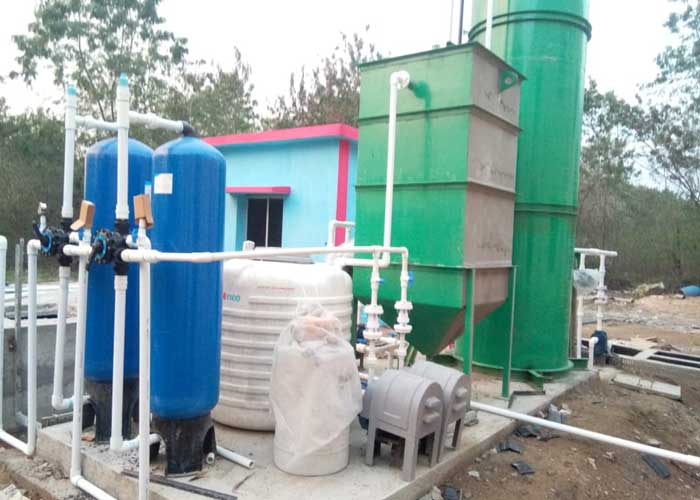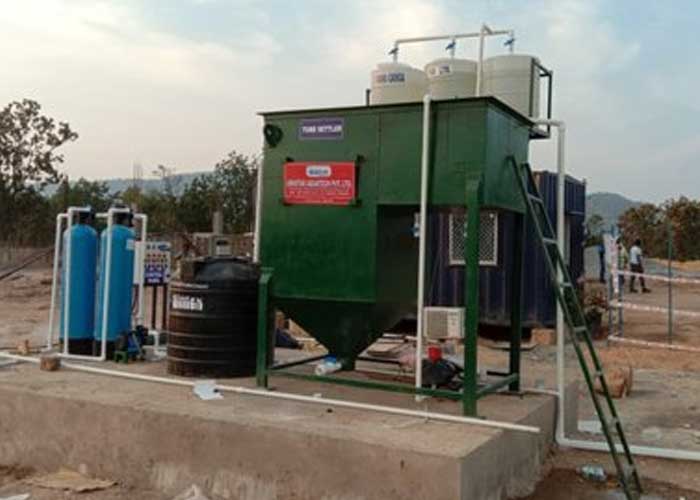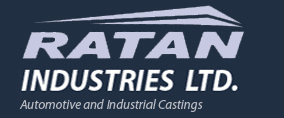Industrial wastewater from the pharmaceutical and chemical industries has a high content of toxic chemicals, solvents, and organic compounds. This material is not readily biodegradable and must be treated carefully. Technologies such as reverse osmosis and membrane filtration are used to reduce the amount of toxic waste. These technologies use a bar screen chamber to separate wastewater from the process water and transfer it to a neutralization tank.
Chemical and pharmaceutical manufacturing processes produce waste streams of high complexity and diversity. Often, the wastewater has a wide range of quality and composition, and the wastewater treatment process must be tailored to achieve the required levels of effluent quality and nutrient removal. Conventional methods cannot effectively treat these complex wastewaters. Fortunately, there are several methods and technologies available to meet the needs of the industry. The following are some of the most common technologies in the field.
In addition to water, wastewater from pharmaceutical and chemical industries contains solvents and other toxic ingredients. The removal efficiency of these compounds depends on several factors, including the physico-chemical nature of the compound, its high solubility in water, and its low solid-liquid partition. In addition, the soluble portion of the compound is very large, leaving it dissolved in an aqueous solution. Hence, a formal wastewater treatment policy is necessary for pharma companies.
Traditional wastewater treatment methods for the pharmaceutical and chemical industries may be inadequate for the job. These methods may be ineffective in removing all of the active pharmaceutical ingredients from the wastewater. Complementary approaches are typically employed in these processes, including membrane filtration, reverse osmosis, and activated carbon. These technologies have shown varying levels of efficacy in the treatment of pharmaceutical and chemical industries. Despite these processes' challenges, regulations are currently being introduced to ensure that these wastewater systems are as efficient as possible.

The wastewater treatment needs of the pharmaceutical and chemical industries are highly complex and unique. Their waste streams are also highly varied, ranging in composition, quality, and volume. For example, wastewater from the pharmaceutical industry may contain significant concentrations of one particular compound, making it difficult for conventional methods to handle the entire sewage stream. Therefore, specialized treatments are needed for the process. There are regulations requiring proper treatment of these processes, but there are no standards yet.

Moreover, the wastewater of the chemical and pharmaceutical industries is characterized by the high concentrations of various types of chemicals. Although wastewater treatment methods are effective in treating most of these pollutants, they may not be adequate to remove all of the active pharmaceutical ingredients. There are two main approaches for treating pharmaceutical and chemical industries wastes: a combination of oxidation and membrane filtration. The latter is more efficient in treating the wastewater from the pharmaceutical and chemical industries, but this method requires more money and time.
The chemical and pharmaceutical industries use wastewater treatment techniques to reduce waste byproducts. This process can be expensive and complex, but it is necessary to protect the environment. The USGS recently undertook a study on the environmental impact of pharmaceutical and chemical industry wastewater. As a result, the chemical industry produces a vast amount of contaminants. While a conventional treatment method may be sufficient for this type of wastewater, the effects of such pollutants on the environment are much more severe.
Currently, wastewater treatment methods used by the chemical and pharmaceutical industries can be ineffective for removing the active pharmaceutical ingredients. Many companies have adopted complementary strategies to address this problem, including membrane filtration and reverse osmosis. Advanced oxidation processes, such as CEC, have also proven effective in reducing toxic organic compounds in the wastewater of the pharmaceutical and chemical industries. As a result, the environmental impact of the wastewater from the pharmaceutical and chemical industry has become a priority for the industry.
The wastewater streams from the pharmaceutical and chemical industries are complex, and these streams vary in volume, quality, and composition. Conventional treatment methods are ineffective for these wastes, but there are alternative solutions that can remove the chemicals found in the effluent. In addition to advanced oxidation processes, these plants also employ a high-efficiency membrane filtration process. However, the process does not guarantee the complete removal of pharmaceutical and chemical products.
Unlike domestic wastewater, the wastewater produced by the pharmaceutical and chemical industries is highly complex and unique. Their waste streams can vary in composition and volume. Most pharmaceutical wastewaters are composed of a high-strength organic compound (CEC), making them difficult to treat with conventional methods. As a result, there are numerous technologies available to treat chemical and pharmaceutical wastewaters. The FDA recommends the use of these advanced technologies for these industries.







































Share Post